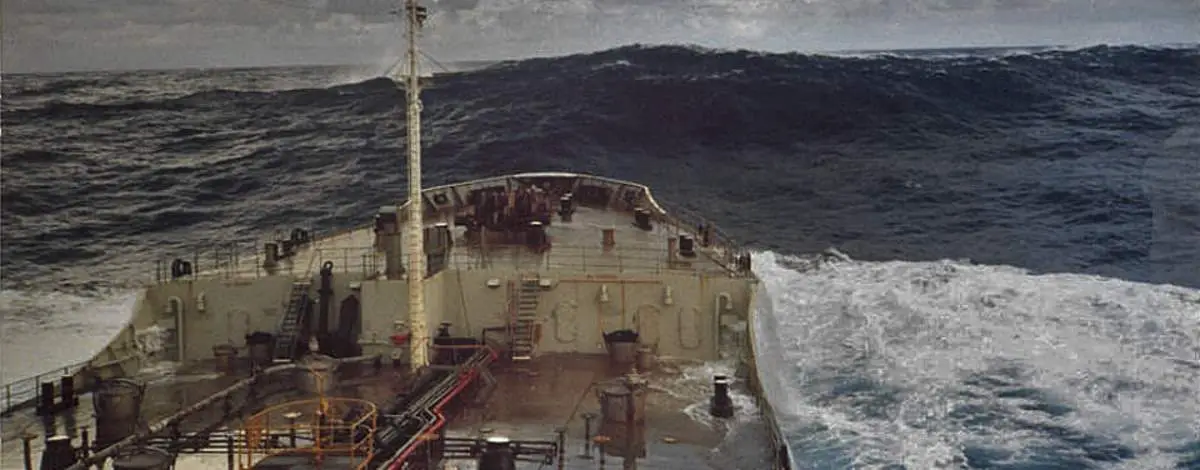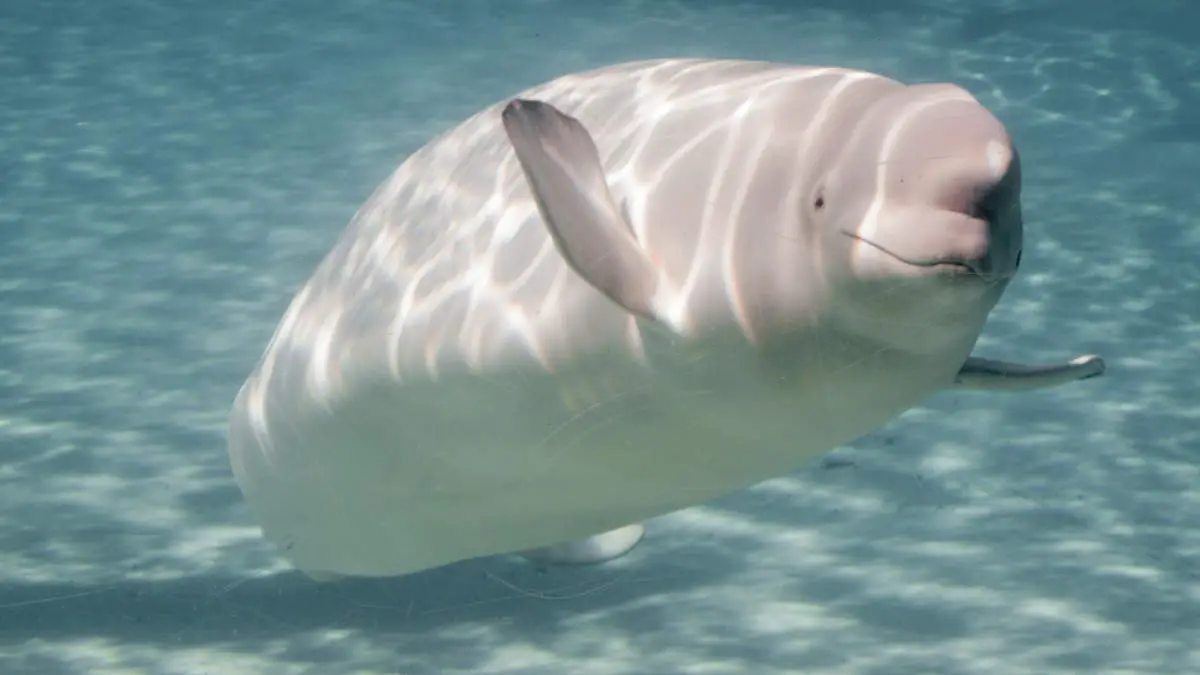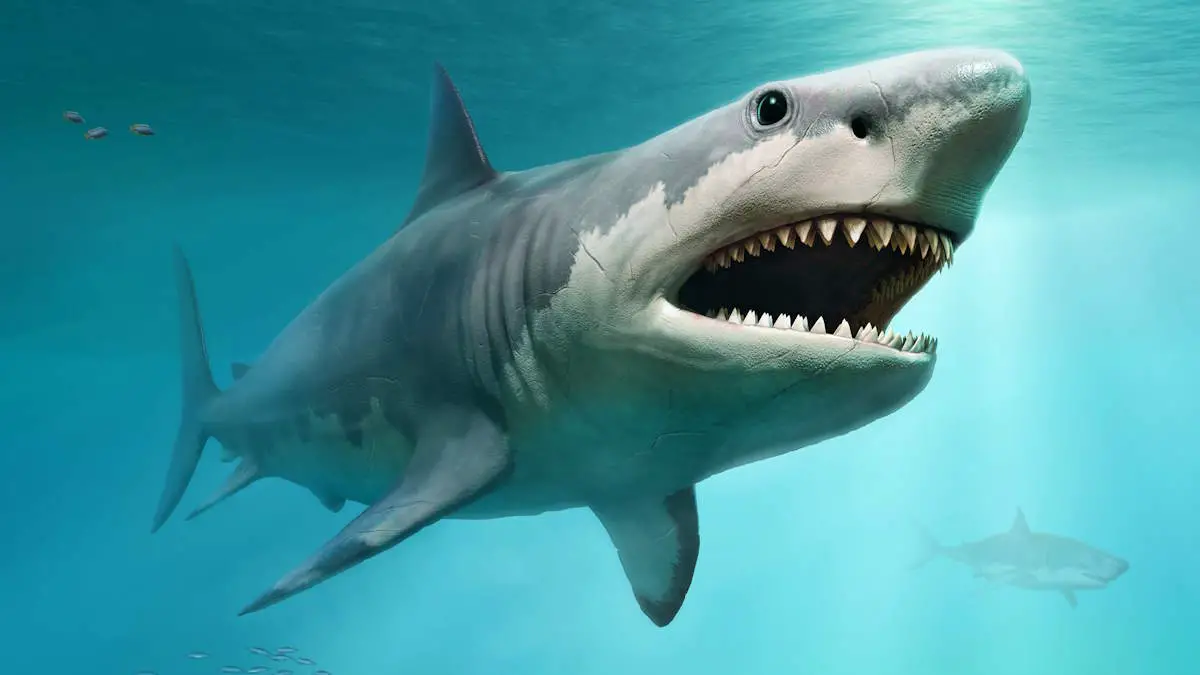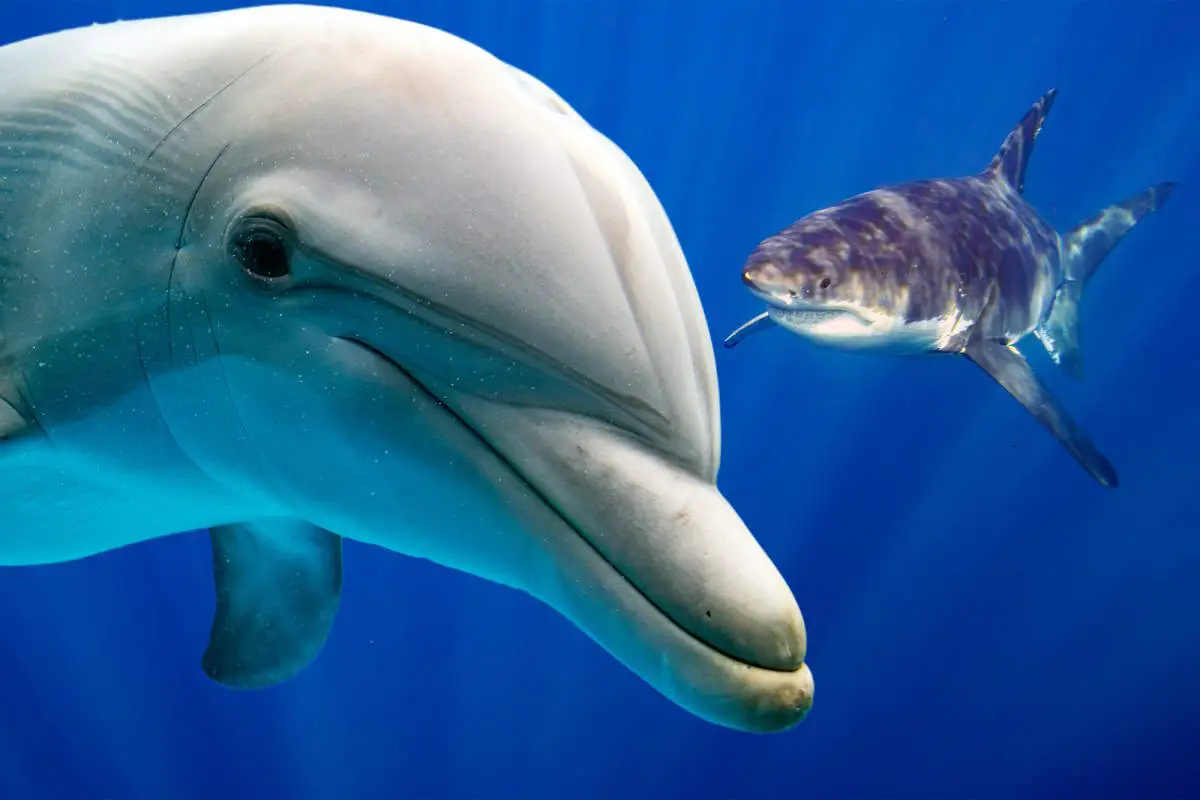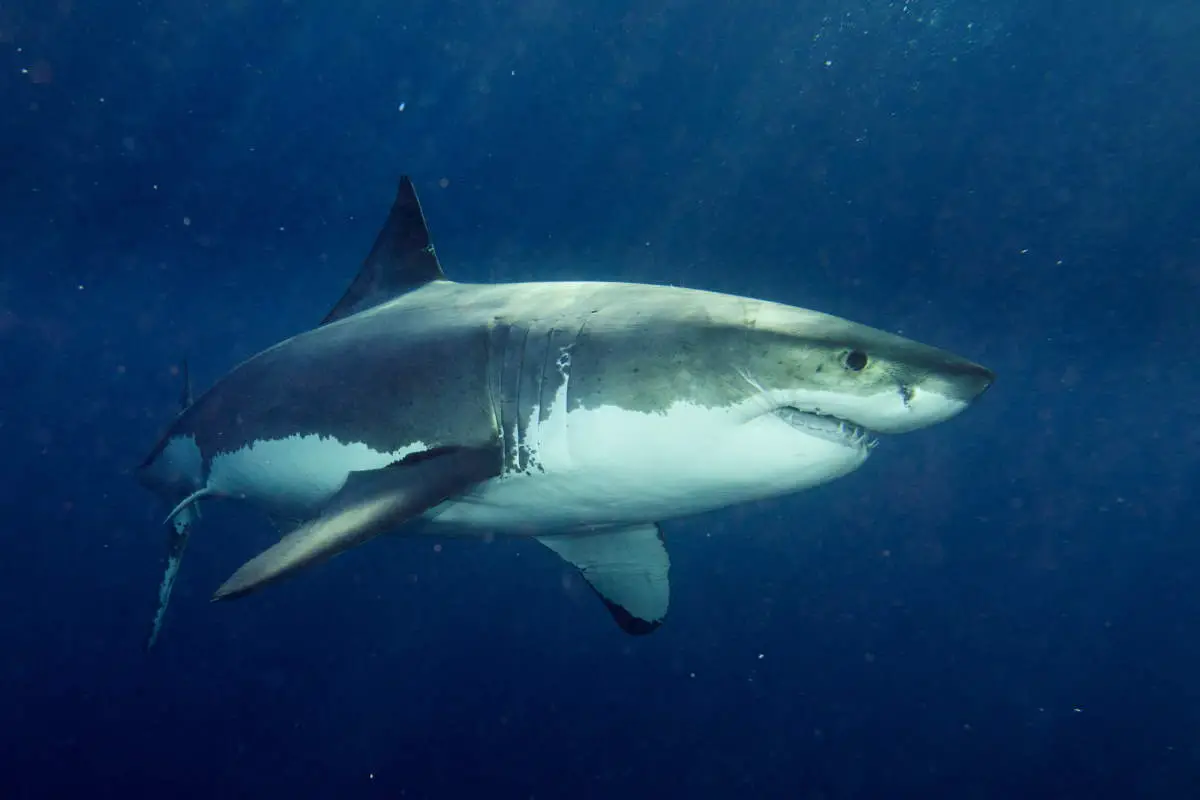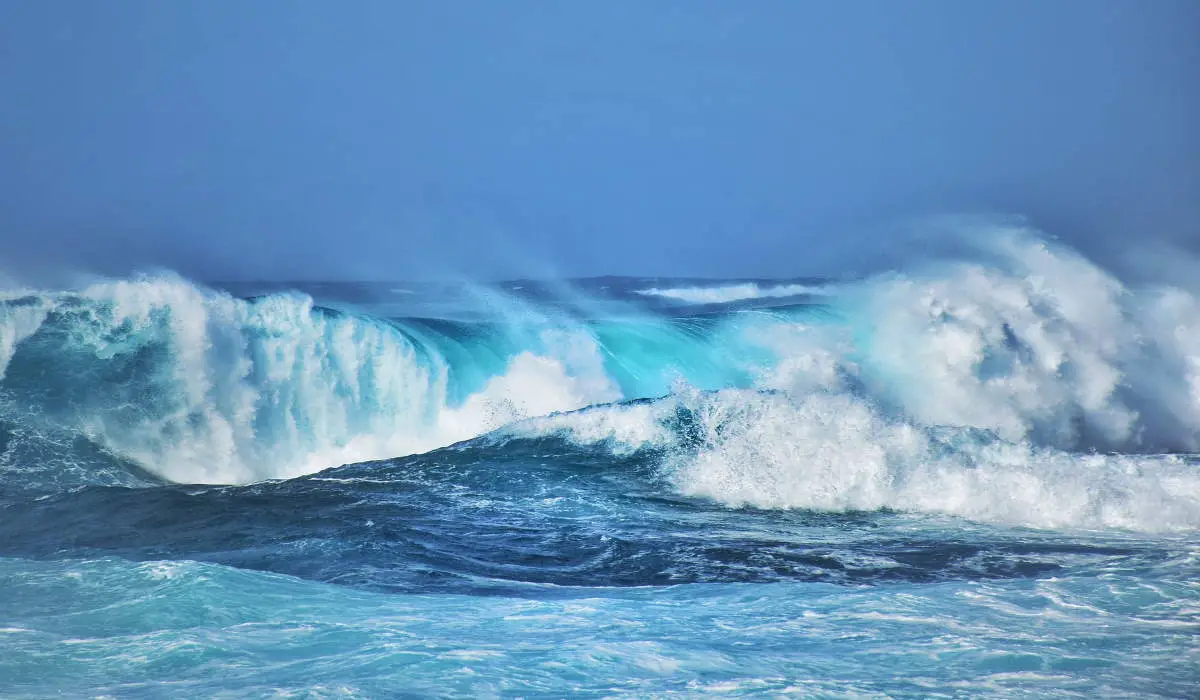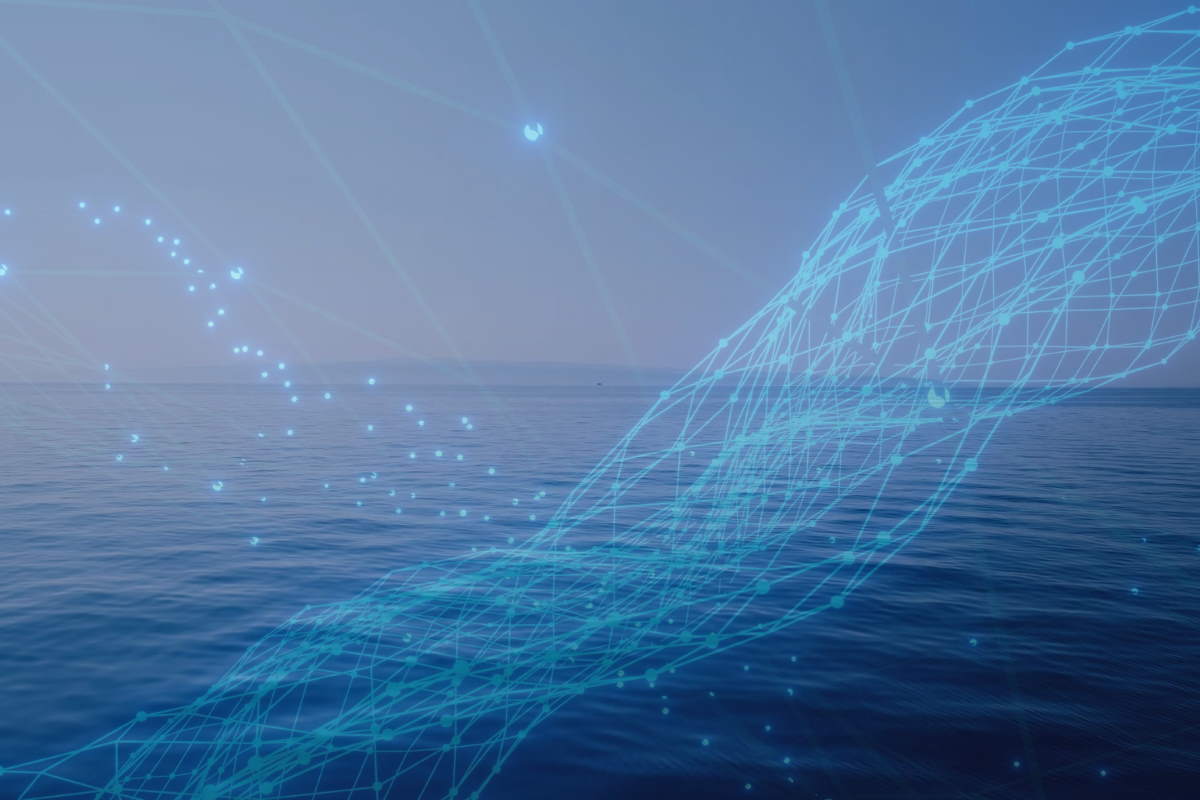Rogue waves, reported by the sailors at least since the 19th century, long dismissed as nautical folklore, have emerged as a serious oceanic phenomenon. These towering, unpredictable waves have captivated sailors’ tales and puzzled scientists for centuries. Once considered mere myths, recent evidence has revealed their real and formidable presence, challenging our understanding of ocean dynamics and highlighting the unpredictable power of the sea.
Rogue Waves: Oceans’ Terrific Giants
